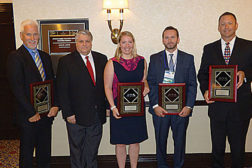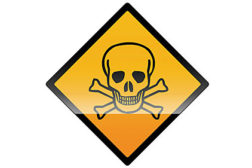Safety Columnists
ASA and OSHA team up to provide employer safety and health information.
Strength in numbers
May 13, 2014
Nominate your company for the ASA Safety Award
It’s time to start your ASA Safety Award application.
February 11, 2014
A look at OHSA recordkeeping and reporting requirements
Be thorough when reporting a workplace injury.
December 16, 2013
Globally Harmonized System’s first event is quickly approaching
Are you ready?
November 26, 2013
Be prepared for workplace violence
Steps employers can take to evaluate risk and prevent workplace violence.
July 12, 2013
Checklist for compliance, Part 2
Requirements for chemical product and article manufacturers.
May 15, 2013
Stay in the know on the latest PHCP-PVF industry trends.
Get tailored content delivered your way.
JOIN TODAY!Copyright ©2025. All Rights Reserved BNP Media.
Design, CMS, Hosting & Web Development :: ePublishing









